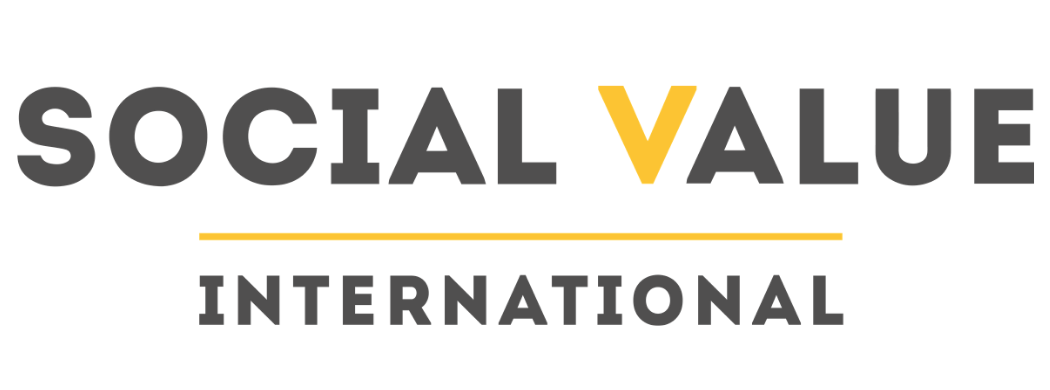Making stakeholder engagement truly meaningful
Meaningful stakeholder engagement refers to the routine interaction with any relevant stakeholders, including those individuals that are affected by your decisions, with the openness to adjust your services based on their feedback. Yet, currently, stakeholder engagement is used more as a buzzword as opposed to its purpose of tangibly influencing decision making. So how do we turn stakeholder engagement from just a buzzword to a meaningful and practical process?
Stakeholder engagement: more than a buzzword
The train has left the station; we are just a little behind. In our latest discussion with Andre Proctor, Co-Founder of Keystone Accountability, and Tom Adams, Co-Founder of 60 Decibels, we considered the elements of meaningful and practical stakeholder engagement as well as the reasons why it is not implemented to the degree required.
The term “stakeholder engagement” is becoming increasingly popular as more organisations strive to do better. However, the practice of stakeholder engagement is not yet refined enough to reach its intended goal of including the well-being of all parties affected in the decision-making process. To start, the elements of “stakeholder engagement” needs to be adequately defined to prevent it from being used as a wishy-washy term that only looks good on paper. This means that a minimum expectation needs to be put in place.
Looking at stakeholder engagement practices with a broader lens, another reason for its lagging is data. According to Andre, the data required for meaningful stakeholder engagement is dominated by a handful of professional “data mystifiers”- individuals acting as data gatekeepers who convolute data processes through difficult to understand jargon making it seem unattainable to others. This makes the process of creating and implementing a practical stakeholder engagement plan seem more complex than it really is. To increase the implementation of meaningful stakeholder engagement practices, more organisations will need to demonstrate that stakeholder engagement is not just a matter of saying it’s being done but looking at its purpose, which is to give individuals power over the decisions that affect them.
““If you’re doing stakeholder engagement, you are allowing your stakeholders to describe what outcomes are happening in their lives and which of those outcomes are most material to their well-being””
Making stakeholder engagement practical with focussed surveys
There is a misconception that stakeholder engagement requires long detailed surveys that are implemented once a year. One lean way to effectively engage with stakeholders is to frequently conduct short surveys of between five and six questions on very focused or specific topics. If such surveys are undertaken appropriately, it has the potential to gather a range of collective experiences on outcomes that are most material to those affected.
Moreover, organisations of all sizes are able to implement focused surveys. One can either conduct the surveys yourself or hire a third-party organisation to do it for you. The most important part of the process is investing enough time and effort into the design of the surveys focussing on the “who” and “what” will be asked. Besides valuable insights, engaging with stakeholders is an effective way to manage expectations and increase communication. It opens up space for creative problem solving as more diverse experiences, and knowledge is shared within and across organisations.
““Meaningful stakeholder engagement is engagement with people in a fairly regular way and of which you actually know it has a direct influence over the decisions that the organisations make””
As much as meaningful stakeholder engagement has valuable benefits for organisations, it is not a holy grail solution to all problems; it is more a means to an end. For example, disagreements between stakeholders can occur. Here, the journey is as important as the destination. Even if the road is bumpy with disagreements between stakeholders, it can still result in valuable and meaningful insights. There are many ways to mitigate stakeholder engagement issues and use dissatisfied feedback appropriately. When conducting surveys, it is imperative that the sample is representative and inclusive. This means continuously ensuring that one group of individuals is not systematically being ignored in the process. Typically, stakeholder feedback is interpreted by taking averages; however, using a standard deviation might be more appropriate for specific situations. In light of disagreements, it remains essential to track these stakeholder experiences through continuous short and focused engagements.
Overall, we need to get minimum expectations in place to raise the bar when speaking about and implementing stakeholder engagement. Meaningful stakeholder engagement needs to transition from being just a buzzword to being the new norm. Although there is no one-size-fits-all solution, every organisation can leap forward with focussed surveys as the first step towards efficient but meaningful stakeholder engagement.
This blog has been re-posted from Efiko Academy, the online leanring hub for social impact.
In partnership with Social Value International, Efiko is hosting a series of online thought-leadership discussions, and you can sign up for upcoming events here.
